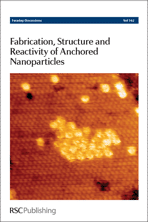 We are pleased to announce the publication of Faraday Discussion 162 Fabrication, Structure and Reactivity of Anchored Nanoparticles.
We are pleased to announce the publication of Faraday Discussion 162 Fabrication, Structure and Reactivity of Anchored Nanoparticles.
Take a look at the volume today
In the volume you can find all the papers and exciting discussion from the conference held in Berlin, Germany in April 2013.
Here are just some of the highlights:
Exploring surface science and restructuring in reactive atmospheres of colloidally prepared bimetallic CuNi and CuCo nanoparticles on SiO2in situ using ambient pressure X-ray photoelectron spectroscopy
Simon K. Beaumont, Selim Alayoglu, Vladimir V. Pushkarev, Zhi Liu, Norbert Kruse and Gabor A. Somorjai
DOI: 10.1039/C2FD20145C
Preparation and structure of a single Au atom on the TiO2(110) surface: control of the Au–metal oxide surface interaction
Kiyotaka Asakura, Satoru Takakusagi, Hiroko Ariga, Wang-Jae Chun, Shushi Suzuki, Yuichiro Koike, Hiromitsu Uehara, Kotaro Miyazaki and Yasuhiro Iwasawa
DOI: 10.1039/C2FD20131C
Stability and migration barriers of small vanadium oxide clusters on the CeO2(111) surface studied by density functional theory
Joachim Paier, Thomas Kropp, Christopher Penschke and Joachim Sauer
DOI: 10.1039/C3FD00012E
Mechanistic insights into the partial oxidation of acetic acid by O2 at the dual perimeter sites of a Au/TiO2 catalyst
Isabel Xiaoye Green, Wenjie Tang, Matthew Neurock and John T. Yates
DOI: 10.1039/C3FD00002H
Switching-off toluene formation in the solvent-free oxidation of benzyl alcohol using supported trimetallic Au–Pd–Pt nanoparticles
Qian He, Peter J. Miedziak, Lokesh Kesavan, Nikolaos Dimitratos, Meenakshisundaram Sankar, Jose Antonio Lopez-Sanchez, Michael M. Forde, Jennifer K. Edwards, David W. Knight, Stuart H. Taylor, Christopher J. Kiely and Graham J. Hutchings
DOI: 10.1039/C2FD20153D
Faraday Discussions are a unique opportunity to discuss your work with leading researchers in developing areas of physical chemistry, biophysical chemistry and chemical physics. The latest Impact Factor is 5.0.
All delegates have the opportunity to present their views on the Discussion papers and their own new research. All the presented papers and the discussion are published together in the Faraday Discussions volume.
Don’t miss out – find out more and take a look at future Faraday Discussions.
____________________________________________________________________________________________
Faraday Discussions is a sister journal to Nanoscale. Nanoscale publishes high-quality community-spanning research which bridges the various disciplines involved with nanoscience and nanotechnology. Nanoscale’s first full impact factor is 5.91.
Read these Nanoscale review articles:
Solution synthesis of one-dimensional ZnO nanomaterials and their applications
Benjamin Weintraub , Zhengzhi Zhou , Yinhua Li and Yulin Deng
DOI: 10.1039/C0NR00047G
Stabilization and functionalization of iron oxide nanoparticles for biomedical applications
Esther Amstad , Marcus Textor and Erik Reimhult
DOI: 10.1039/C1NR10173K
Structure sensitivity and nanoscale effects in electrocatalysis
Marc T. M. Koper
DOI: 10.1039/C0NR00857E
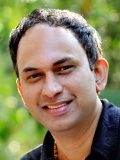
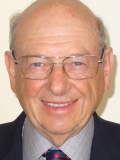
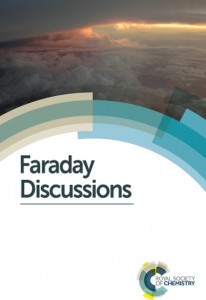 Prof. Ajayan will deliver the Introductory lecture at New Advances in Carbon Nanomaterials: Faraday Discussion 173 which takes place in London between 1 – 3 September 2014.
Prof. Ajayan will deliver the Introductory lecture at New Advances in Carbon Nanomaterials: Faraday Discussion 173 which takes place in London between 1 – 3 September 2014.














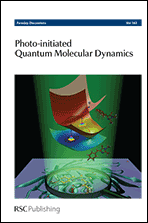 We are pleased to announce the publication of Faraday Discussion 163
We are pleased to announce the publication of Faraday Discussion 163  We are pleased to announce the publication of Faraday Discussion 162
We are pleased to announce the publication of Faraday Discussion 162